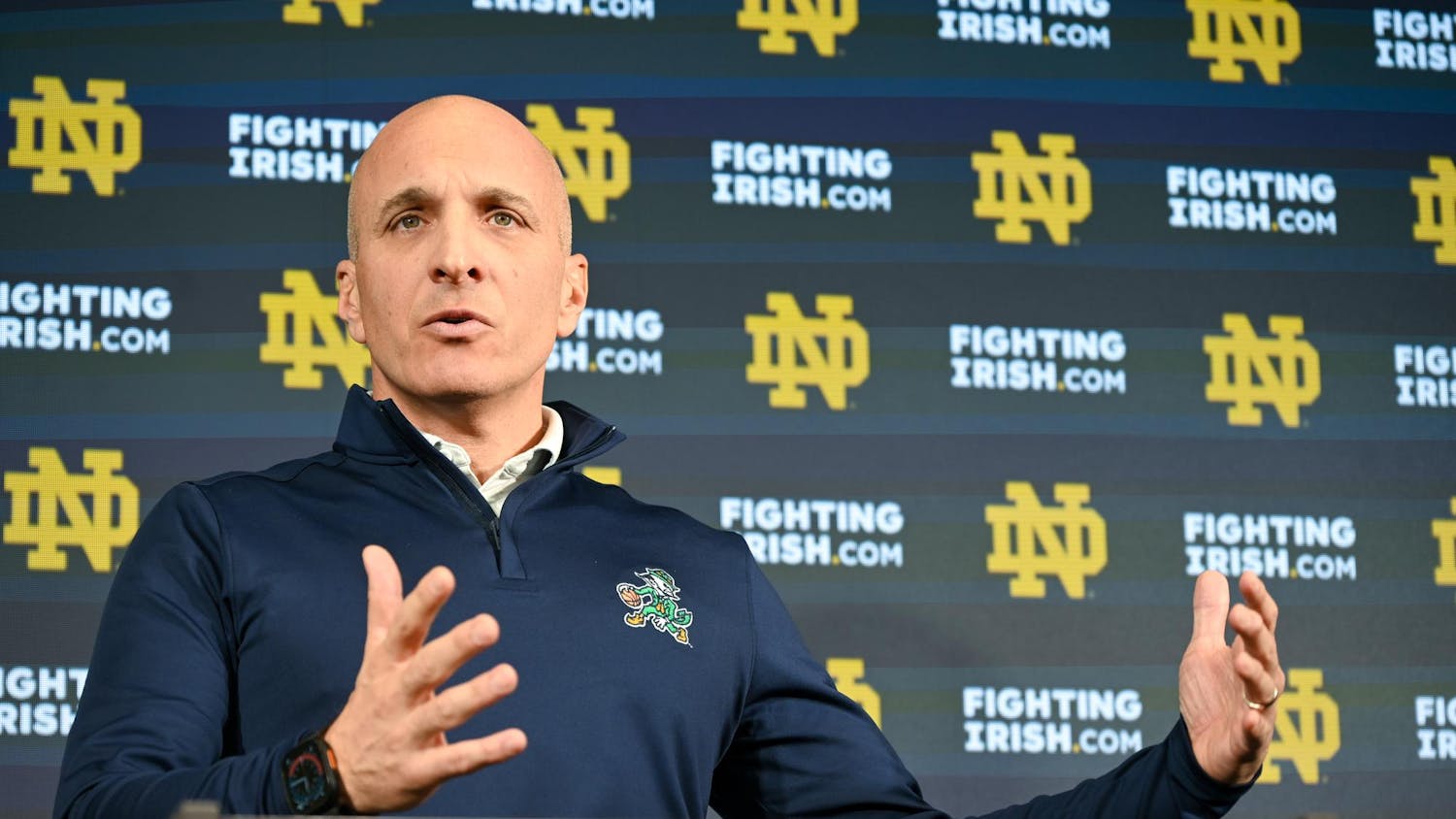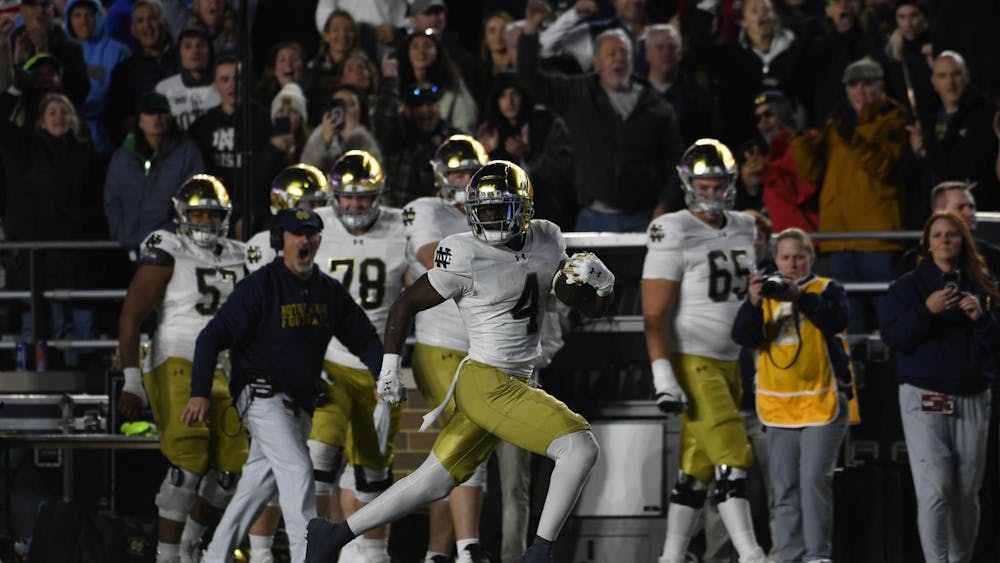With the new year comes a deep-seated and pressing urge to fix things. Recalibrate the stock market by any means necessary. Roll out the vaccine at an almost impossible pace. Regain homeostasis in Washington from top to bottom. Mend any lingering damage to our mental health.
No other objective in 2021 feels more critical than a collective restoration of sorts, and any invitation for Americans to participate in this objective seems more intriguing than ever before. The sharp power divide so commonly embraced by our most firmly established industries, however, leaves many of us with little direct influence on large-scale decisions, the very decisions that we would bend over backwards to implement ourselves.
Since its inception, the sports industry has championed this very power chasm between team executives and their fanbases. Perhaps this almost insurmountable gap makes it all the more entertaining to “fix” teams from afar. People love to play general manager, to live vicariously through the sports transactions of our favorite teams.
Even after its reduction in size last season, the professional baseball pipeline poses a daunting challenge for aspiring sports executives. As Crash Davis can attest, sometimes only one “dying quail” — a poorly hit fly ball that falls for a single — per week separates a player from the league above or below him. The margin for error in baseball dealings becomes even smaller when prospects specializing in multiple positions, cash considerations, and the infamous “player to be named later” provisions are involved. With seemingly countless levels of play, vast imbalances in MLB teams’ purchasing power and an average of over $4 million in annual guaranteed money per player — second only to NBA players — the role of vicarious baseball GM feels unnecessarily intricate.
But if you can master the art of a good baseball transaction, you can tackle transactions in any sport that tickles your fancy.
Any finance bro with half of a brain will tell amateur traders to buy low and sell high or, better yet, buy high and sell higher. While far from experienced in the MLB landscape, I offer a quip of my own as you vicariously pillage for the next landmark sports transaction:
Keep it short, and when in doubt, keep it short.
As the coronavirus continues to disrupt the market for major sports, the risk of any investment in athletes is extremely high. Professional baseball, for instance, saw the entire minor league season cancelled last year, and as a result, general managers no longer possess up-to-date insight into the real value of their minor league players. After suspending all games below the MLB for nearly a year, executives across the league have inaccurate or, at best, outdated statistics about how minor league prospects perform at their respective levels. Even after treating COVID-19, as more and more minor league teams collapse, the opportunity to evaluate players with reliable in-game data like batting average, slugging percentage and fielding percentage will narrow.
The shift of focus from scouting to player development brings even greater risk to the table. Sports organizations now embrace data-driven coaching staffs devoted to developing active players throughout the pipeline. The unexpected short-term performance growth that made athletes like Trevor Bauer outliers is now far from unusual in 2021. Highly unnoticed prospects frequently enter the farm system, actively embrace the newly widespread development resources made available to them and soar to stardom. Veterans comfortably locked into blockbuster long-term deals prevent small-market teams from financially holding these rising players (see Miguel Cabrera).
So, if you intend to sign a free agent or re-sign a key player with strong upside in a market as volatile as the MLB, keep it short. In fact, keep the contract under four years in length for a select few star players and under two years in length for your role players. If a player’s agent insists on a contract longer than four years, run for the hills. Agents know best of all that players must “buy in” to the team’s workouts and off-season development to earn or fight for their position on the roster. Protecting players for more than four years precludes the need for them to buy in. Don’t let them have that luxury.
As the old saying goes, there is no such thing as a bad one-year deal.
You vow to make short-term free agent deals. Great! So why not avoid trades altogether and only scoop up free agents with your available payroll? Wrong!
Sure, given that they involve sacrificing a combination of budding prospects, cash and future draft picks, sometimes trades can become even riskier than free agent pickups. But applying the same low-risk strategy to trades may free up valuable salary space and save your organization from years of financial turmoil.
If, as a vicarious general manager, you find the missing puzzle piece to your championship roster, but over two years on his contract remain, look for another option or, at the very least, wait until his contract reaches that mark.
Suppose a five-tool third baseman emerges in Detroit. The Tigers (per usual, I might add) sign him to a 10-year, $250 million contract. Four years into the deal, he slashes his way to a 1.000 OPS (on base percentage plus slugging percentage), 20 home runs and 60 RBIs during his first 100 games of year five. As tempting as it may sound to trade for him and solidifying your playoff push before the deadline, resist the urge. Compete for a third baseman with two years or fewer remaining on his contract.
You don’t want five years of potential regret to follow a championship season. You want a dynasty. Dynasties require flexibility, low risk and minimal financial commitment.
All things considered, be patient with players locked into long-term contracts, and keep free agent signings or re-signings short. Assume no more than two years of pre-existing contracts, and form new contracts for four years or shorter.
In a painfully complex industry, make your sports trading philosophy simple: keep it short, and when in doubt, keep it short.
Read More
Trending









